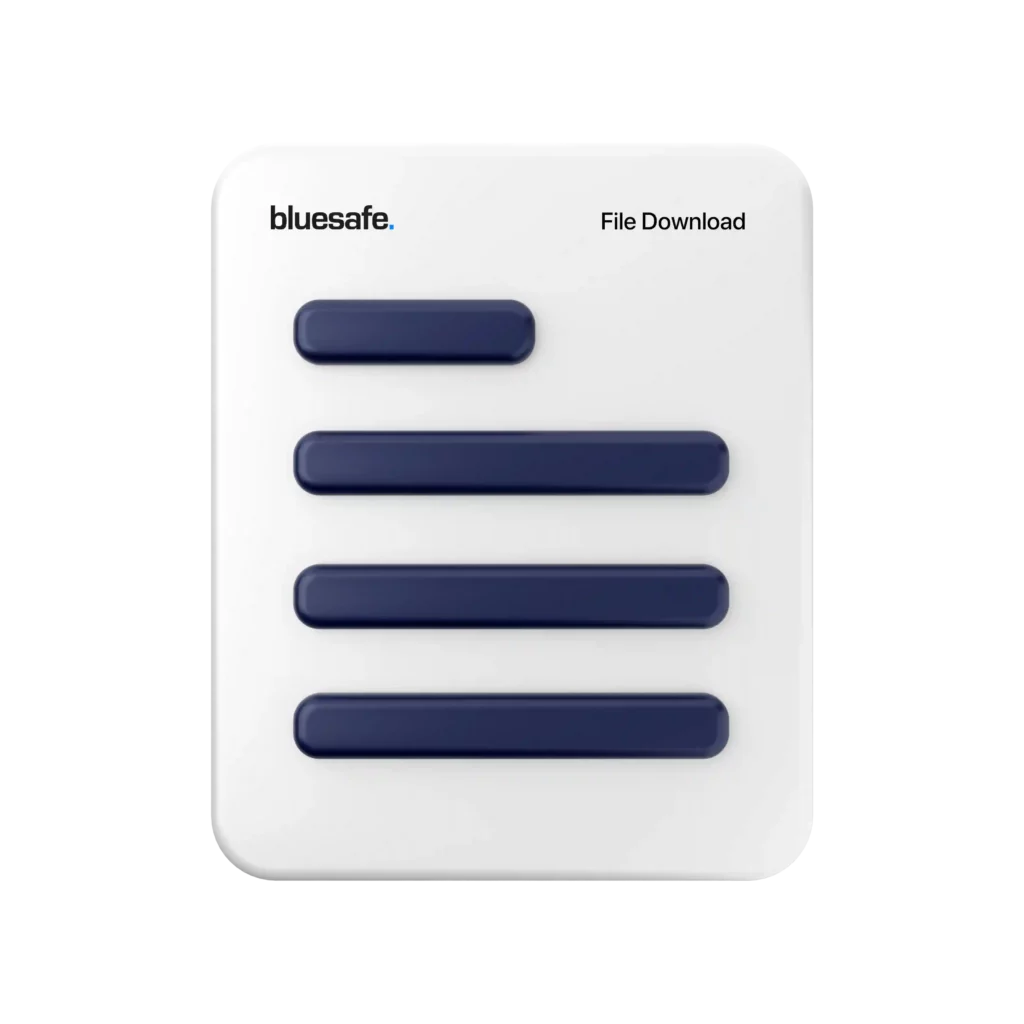Now, some of you might be wondering what a Safe Work Method Statement is, and why it’s important. Well, to put it simply, a SWMS is a written document that outlines the high-risk work activities that will be carried out on a worksite, along with the steps that will be taken to manage and control those risks.
The purpose of a SWMS is to ensure that everyone involved in the high-risk work activity is aware of the hazards and risks involved, and knows how to carry out the work safely. It’s also a legal requirement in many industries, so it’s not something that should be taken lightly.
Think of a SWMS as a blueprint for safe work. It should include information such as the tasks involved, the equipment required, the risks involved, and the control measures that will be put in place to mitigate those risks. It’s a living document that should be reviewed and updated regularly as the work progresses, and as new risks are identified.
Now, you might be thinking, “Okay, I get it. A SWMS is important. But why should I care?”
Well, my friend, the answer is simple – because your safety is at stake. High-risk work activities can be dangerous, and if they’re not carried out safely, the consequences can be severe. Accidents on worksites can result in injuries, loss of life, and damage to property – and that’s not something anyone wants to deal with.
But a SWMS isn’t just important for your safety. It’s also important for the safety of those around you. If you’re working on a site with other people, their safety is just as important as yours. By following the steps outlined in the SWMS, you’re not only protecting yourself, but you’re also contributing to a safer working environment for everyone involved.
Another reason why a SWMS is so important is because it can help to reduce the risk of legal action being taken against you or your employer. If an accident occurs on a worksite and it’s found that a SWMS wasn’t in place or wasn’t followed, it could result in legal action being taken against those involved. By having a comprehensive SWMS in place and following it diligently, you’re helping to protect yourself and your employer from potential legal action.
So, what should you include in a SWMS? Well, as I mentioned earlier, it should include information on the high-risk work activity, the hazards and risks involved, and the control measures that will be put in place to mitigate those risks. It should also include information on the equipment required, the qualifications and training required for those involved in the work, and the emergency procedures that will be followed in the event of an incident.
It’s important to remember that a SWMS isn’t a one-size-fits-all document. The risks and hazards involved in different high-risk work activities will vary, so each SWMS should be tailored to the specific work being carried out. And as I mentioned earlier, it’s a living document that should be reviewed and updated regularly as the work progresses and as new risks are identified.
In conclusion, a Safe Work Method Statement is a vital document for ensuring workplace safety. It’s not just a legal requirement – it’s also essential for protecting the safety of yourself and those around you, as well as reducing the risk of legal action being taken against you or your employer. By taking the time to develop a comprehensive SWMS and following it diligently, you’re contributing to a safer working environment for everyone involved. So don’t take workplace safety lightly – make sure you have a solid SWMS in place for any high-risk work activities you’re involved in.
Cheers,

![]()





